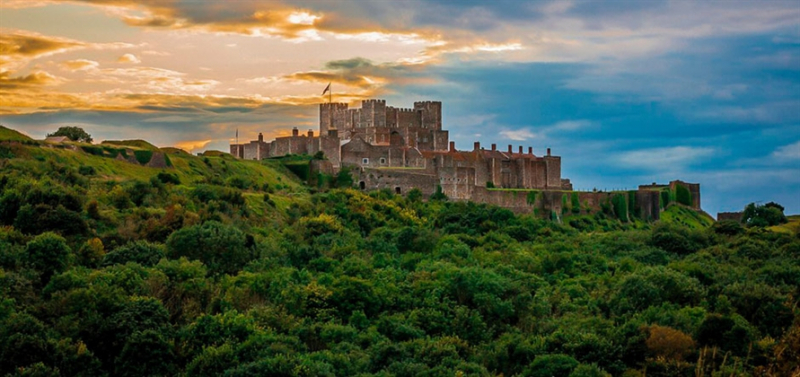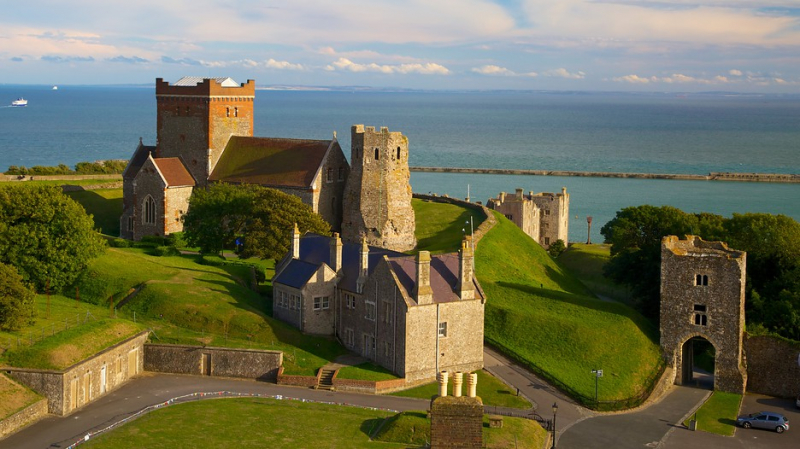Dover
Dover, the first permanent settlement in New Hampshire, was a center for shipbuilding, with the Cocheco River navigable from Great Bay all the way to the falls. Dover's center-city roaring falls made it an ideal location for mills, and as early as 1814, the Cocheco Manufacturing Co. began using them to power one of New England's biggest mill complexes. Even if some of the buildings are gone, those that are still standing continue to dominate the downtown.
In addition to exploring the history of these mills and their significance to the labor and women's movements, the Woodman Institute is an excellent museum complex that houses one of New Hampshire's most valuable historic landmarks. The William Damm Garrison, the last surviving fortified colonial garrison home, was constructed in Dover in 1675, and you can visit it to see everything from early colonial New England. Natural history exhibits, exquisite antiques, a sizable doll collection, ornamental arts, and Native American artifacts can be found in other locations throughout the museum's three buildings.
The Children's Museum of NH, located next to a sizable park in the heart of the city, offers views of the Cocheco River below the falls and houses exhibits on the river's geography, history, and ecosystem. Climb the 76-foot Garrison Hill Tower for a spectacular view of Dover, the northern highlands, and the Isles of Shoals on a clear day.










